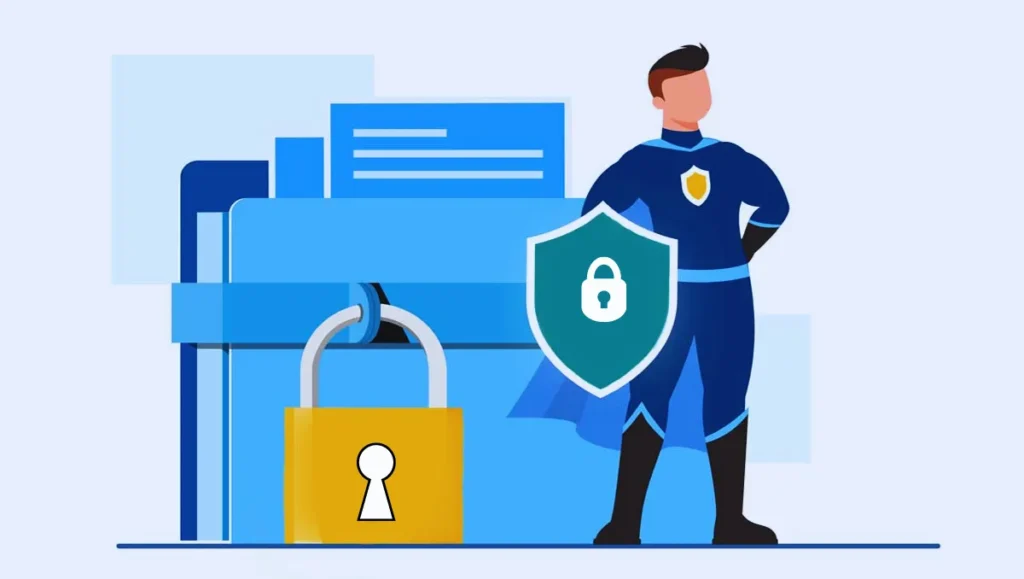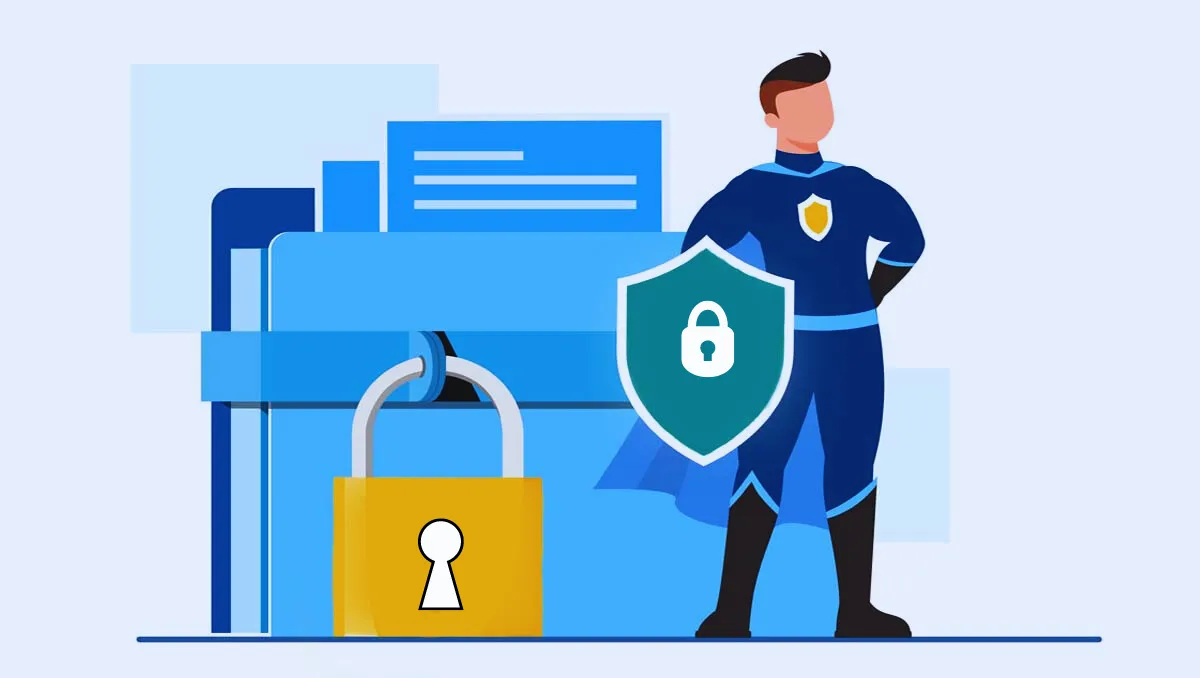Table of Contents
Software Security: Protecting Data in a Digital World

In today’s increasingly interconnected and digitized world, where data is generated, stored, and transmitted at an unprecedented rate, the importance of software security cannot be overstated. Organizations and individuals alike face numerous threats, ranging from malicious hackers to data breaches, which can lead to devastating consequences. This blog post aims to shed light on the significance of software security and provide insights into the best practices for protecting data in our digital landscape.
Understanding Software Security
Software security refers to the measures and practices implemented to safeguard software and data from unauthorized access, manipulation, and exploitation. It involves a combination of technological solutions, coding practices, and user education to create a robust and secure software ecosystem.
Common Threats to Software Security
a) Malware and Viruses: Malicious software, such as viruses, worms, and ransomware, can compromise the security of an entire system or network. b) Phishing Attacks: Cybercriminals employ social engineering techniques to deceive users into revealing sensitive information like passwords and credit card details. c) Data Breaches: Unauthorized access to databases containing sensitive information, such as personal data or financial records, can result in significant privacy violations and financial loss. d) Injection Attacks: By exploiting vulnerabilities in software, hackers can inject malicious code or commands, potentially gaining control over the system. e) Insider Threats: Employees or individuals with authorized access to systems can abuse their privileges and compromise data security.
Best Practices for Software Security
a) Regular Software Updates: Keeping software up to date with the latest security patches and bug fixes helps mitigate known vulnerabilities. b) Strong Authentication and Access Controls: Implementing multi-factor authentication, strong passwords, and granular access controls minimizes the risk of unauthorized access. c) Data Encryption: Encrypting sensitive data both at rest and during transmission provides an additional layer of protection against unauthorized access. d) Secure Coding Practices: Following secure coding guidelines, such as input validation, output encoding, and proper error handling, reduces the likelihood of code-level vulnerabilities. e) User Education: Educating users about the importance of software security, such as recognizing phishing attempts and using secure password practices, helps create a security-conscious culture.
Security Testing and Auditing
Conducting regular security testing, including penetration testing and vulnerability assessments, helps identify and remediate weaknesses in software systems. Third-party security audits can also give an unbiased assessment of an organization’s security posture.
Secure Software Development Lifecycle
Integrating security measures throughout the software development lifecycle is crucial. This includes conducting security requirements analysis, performing threat modeling, and performing code reviews to identify and address potential security flaws.
Data Backup and Disaster Recovery
Implementing robust data backup and disaster recovery mechanisms ensures that even in the event of a security breach or system failure, critical data can be restored and operations can resume promptly.
Conclusion
In an era defined by the exponential growth of digital data, software security is of paramount importance. Organizations and individuals must adopt a proactive approach to protect their valuable data from malicious actors and potential vulnerabilities. By implementing robust security practices, staying informed about emerging threats, and fostering a culture of security awareness, we can collectively mitigate risks and create a safer digital world for everyone.



